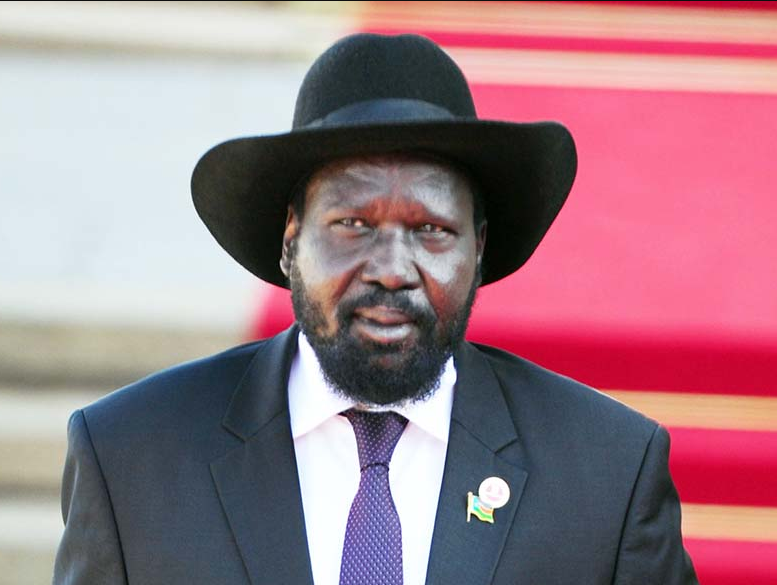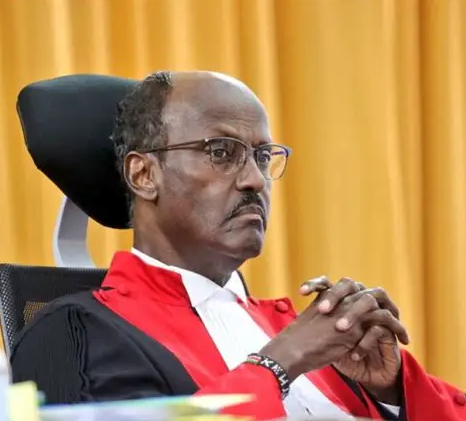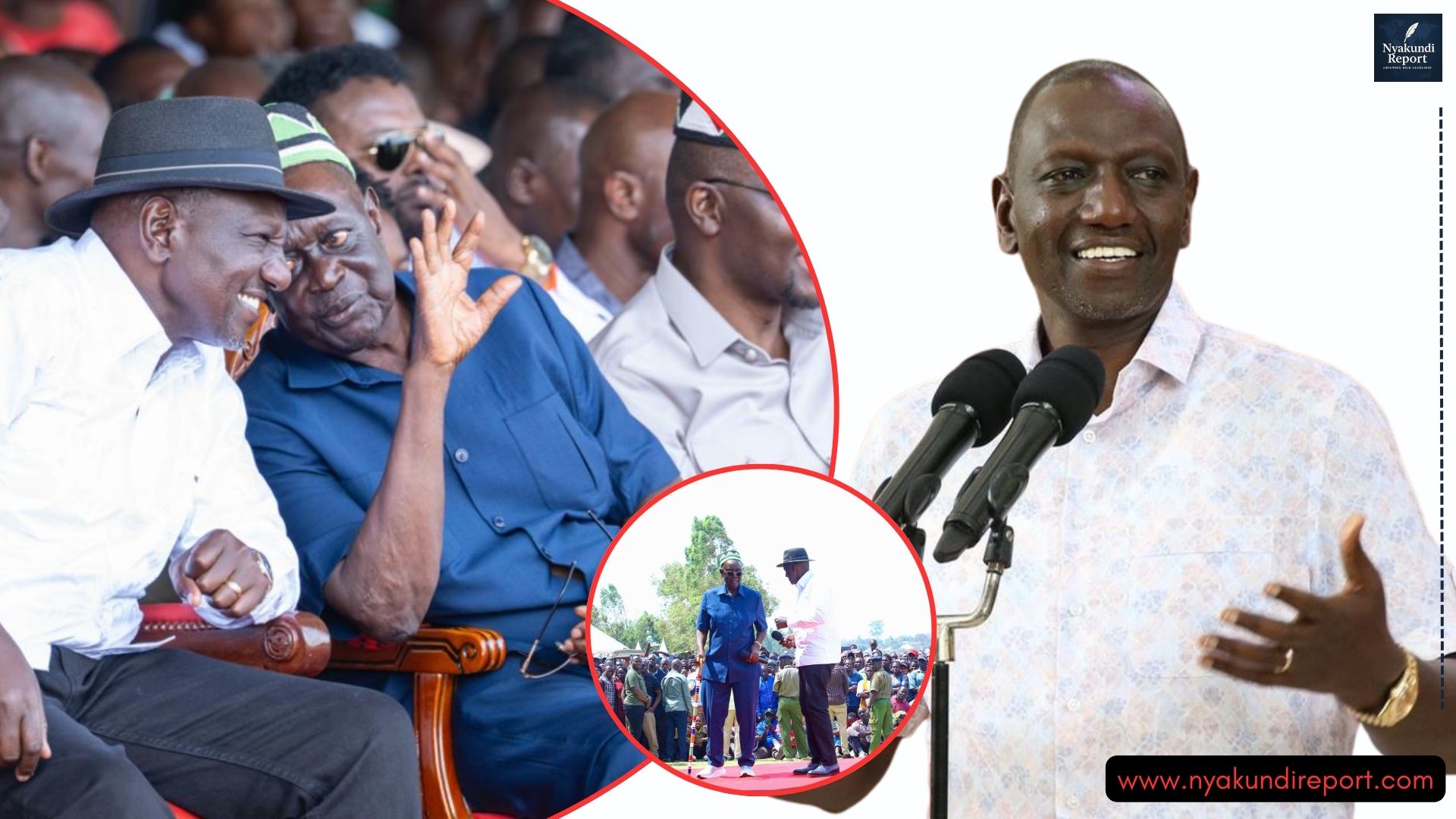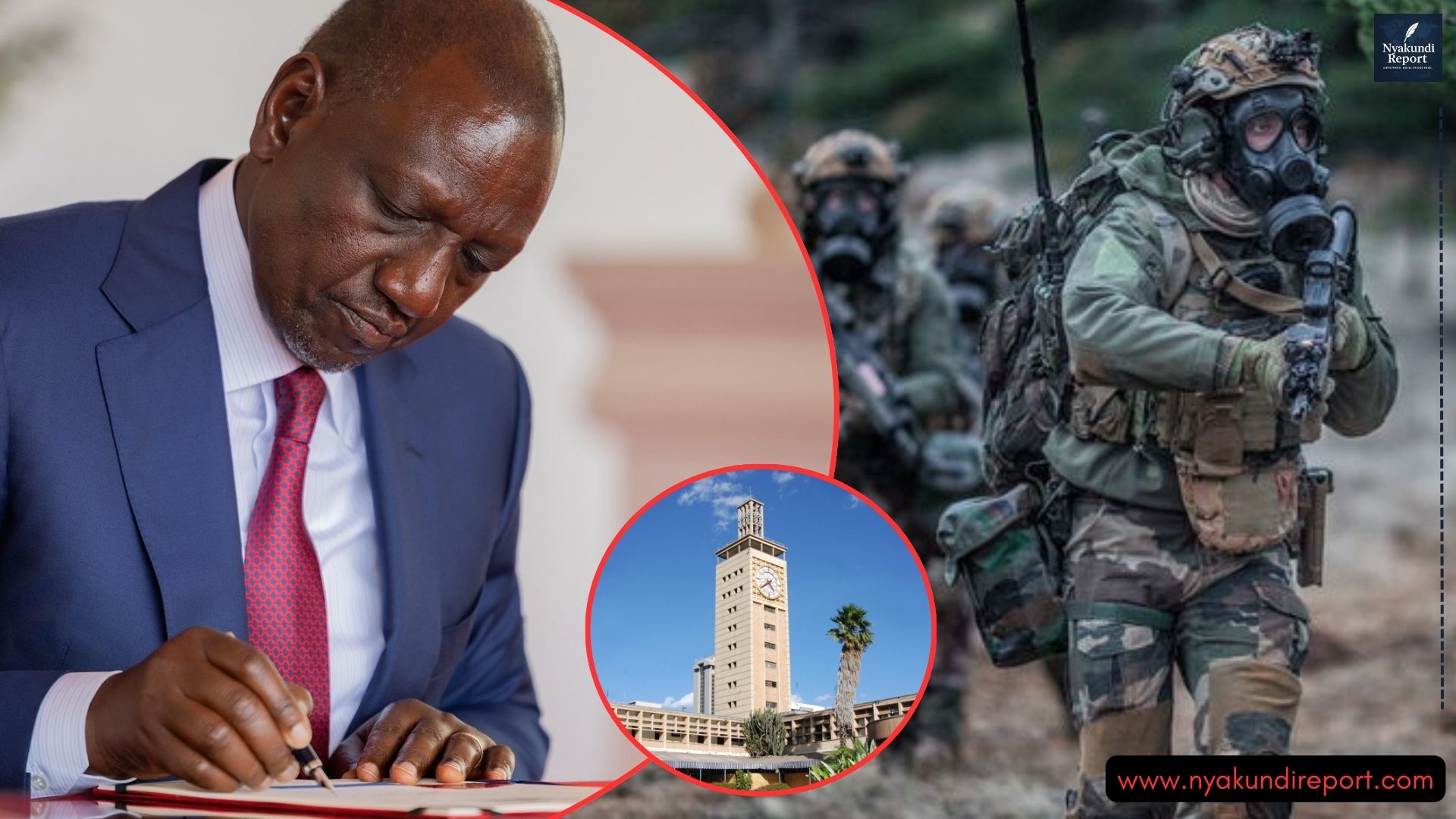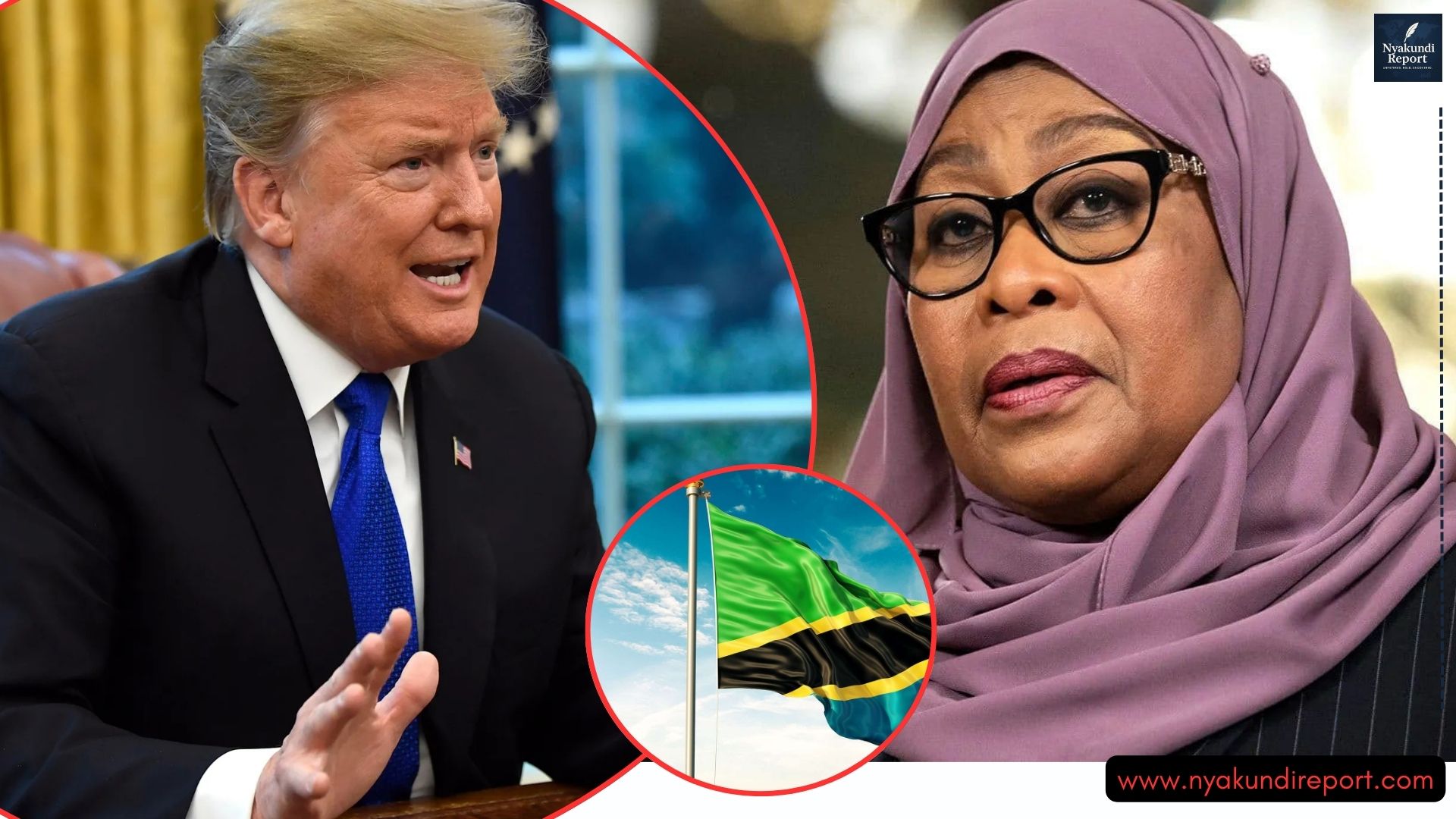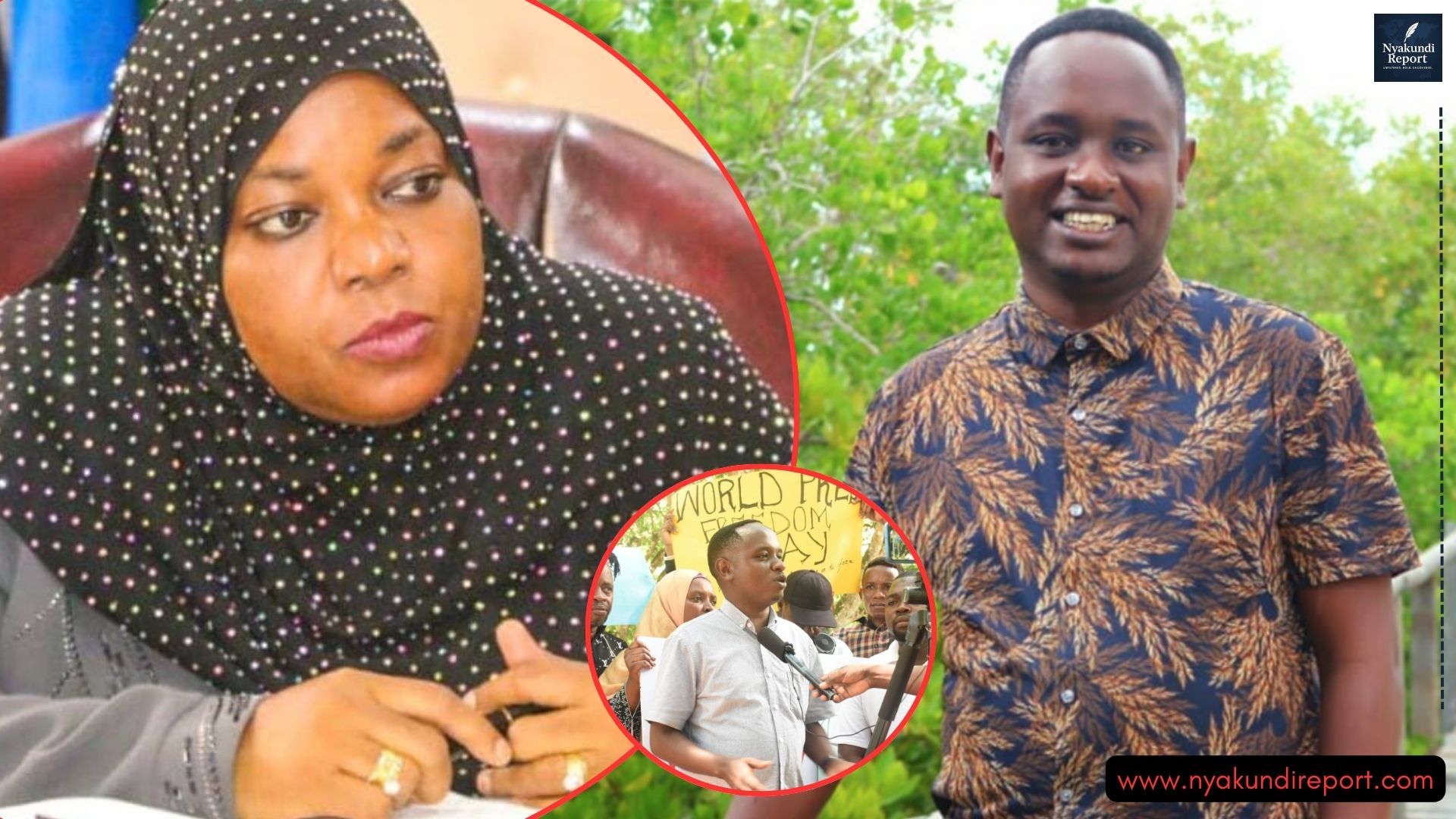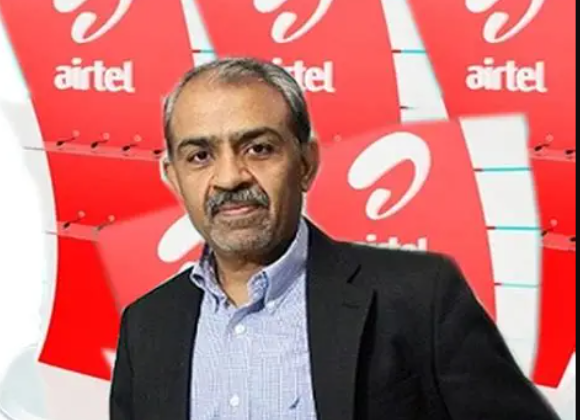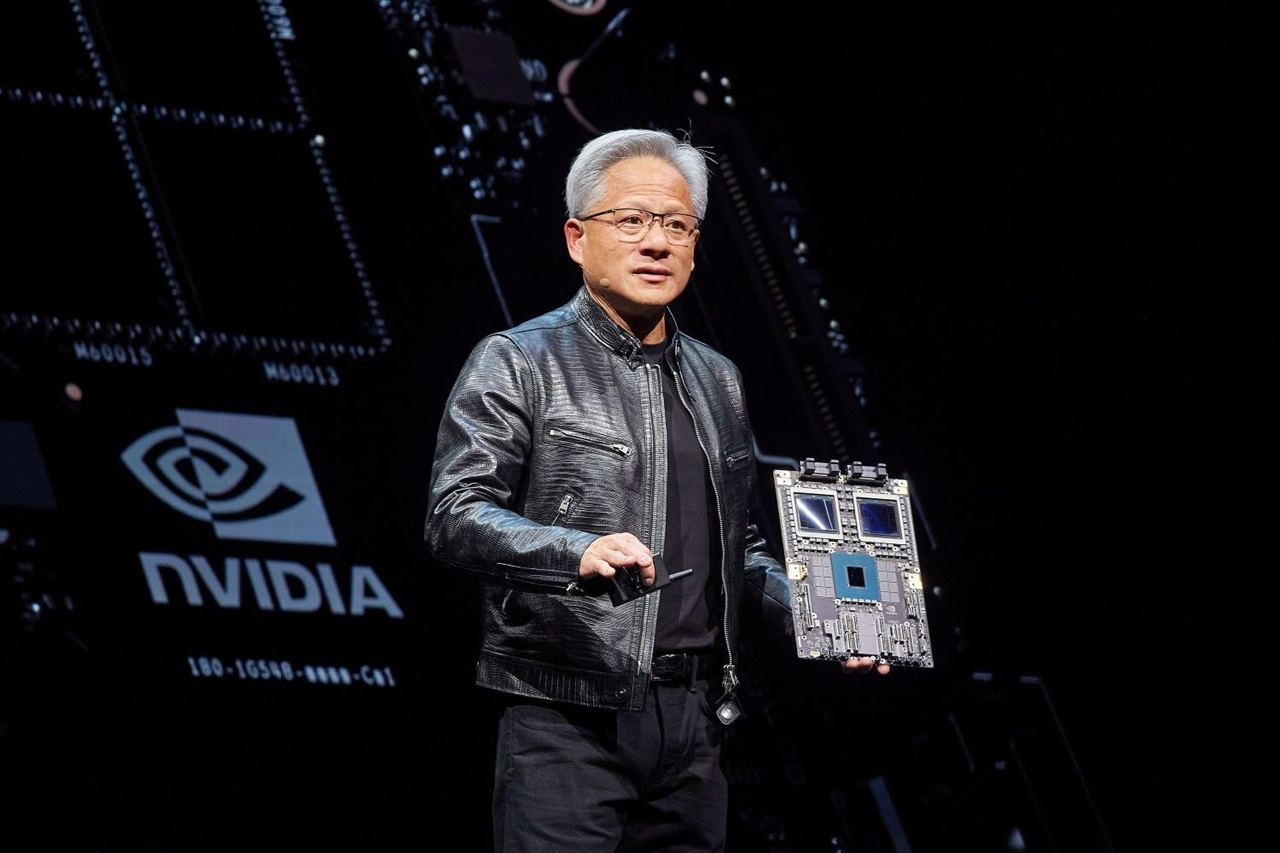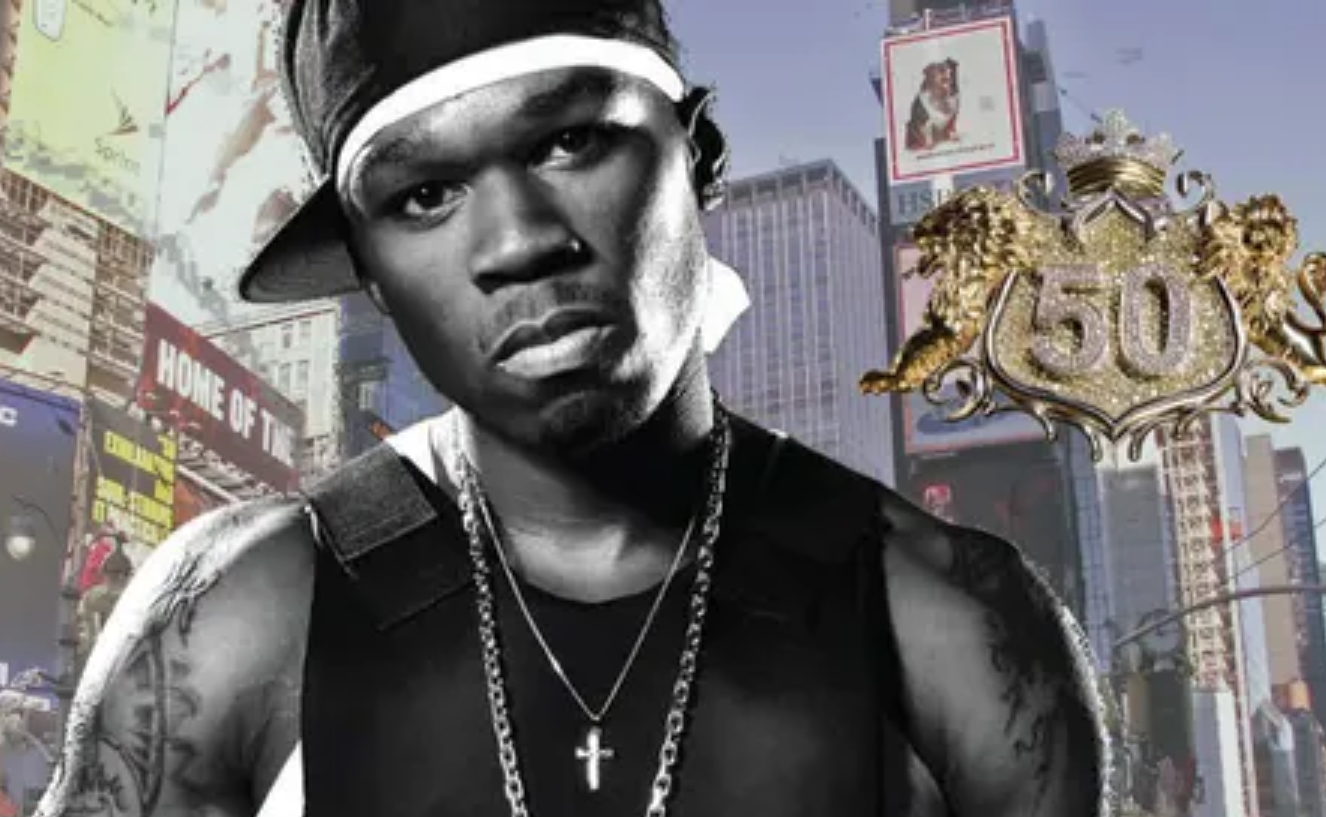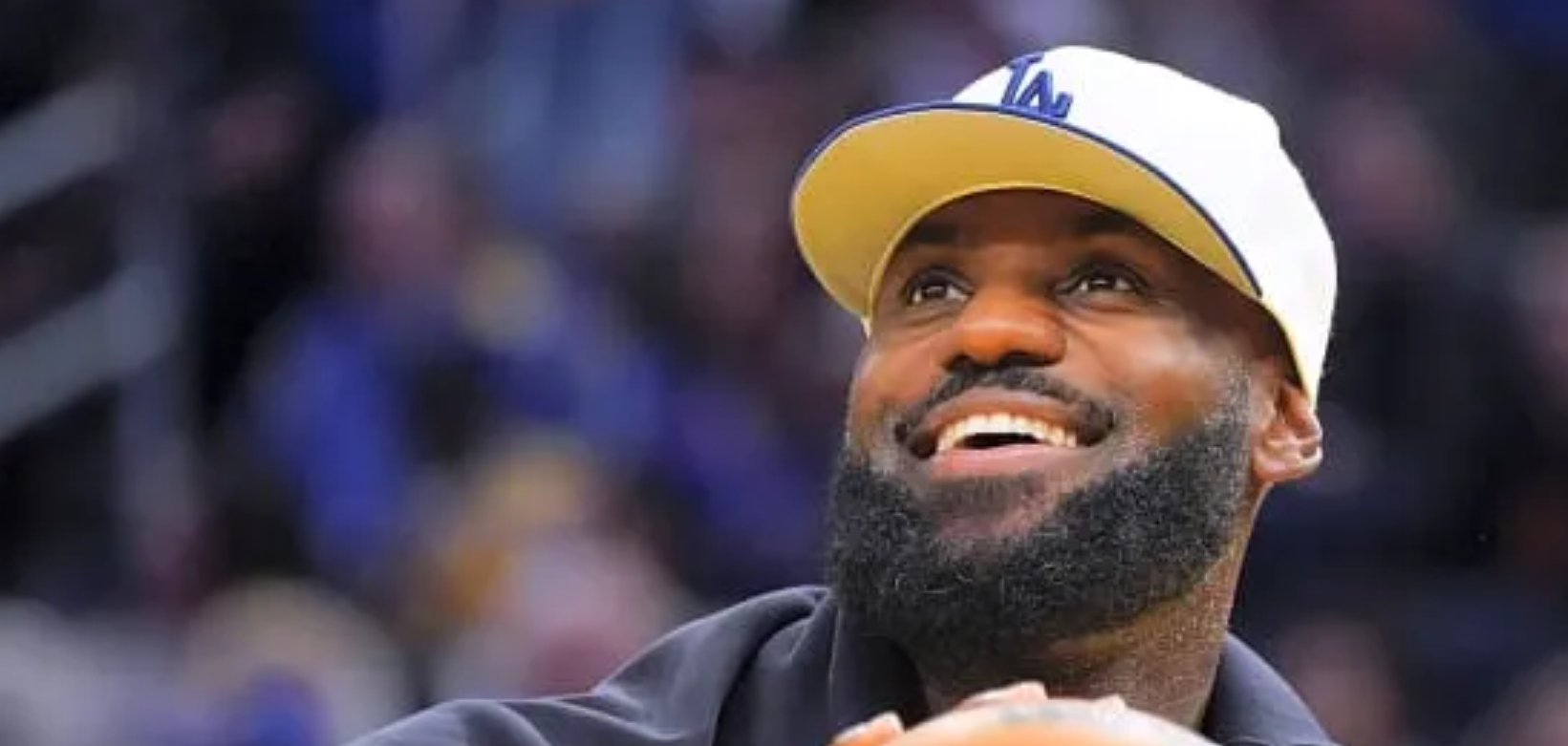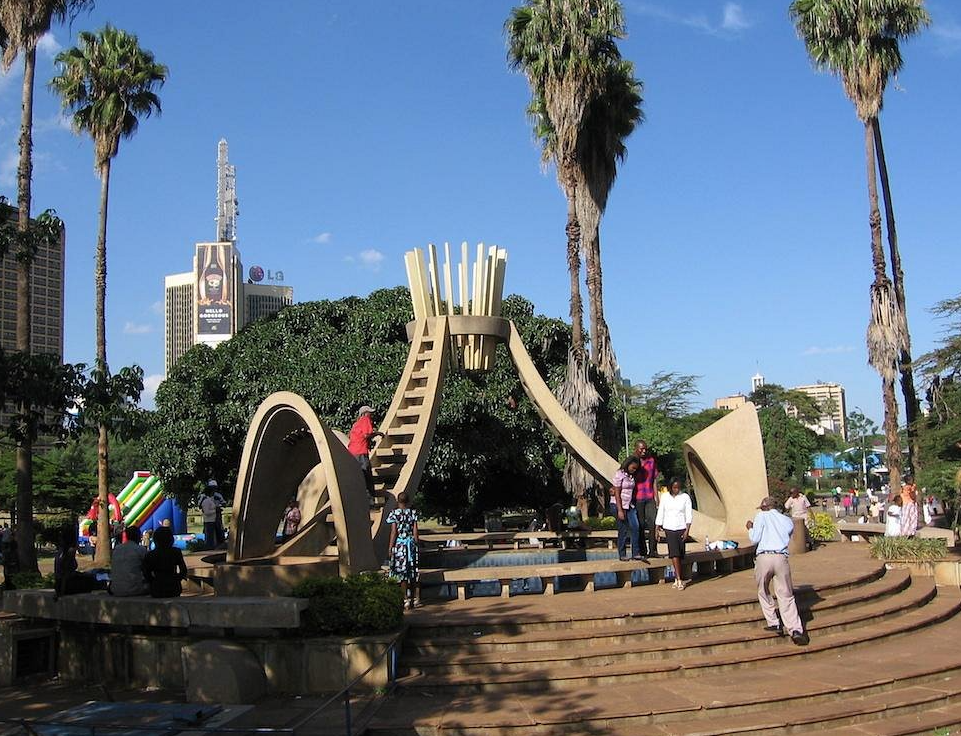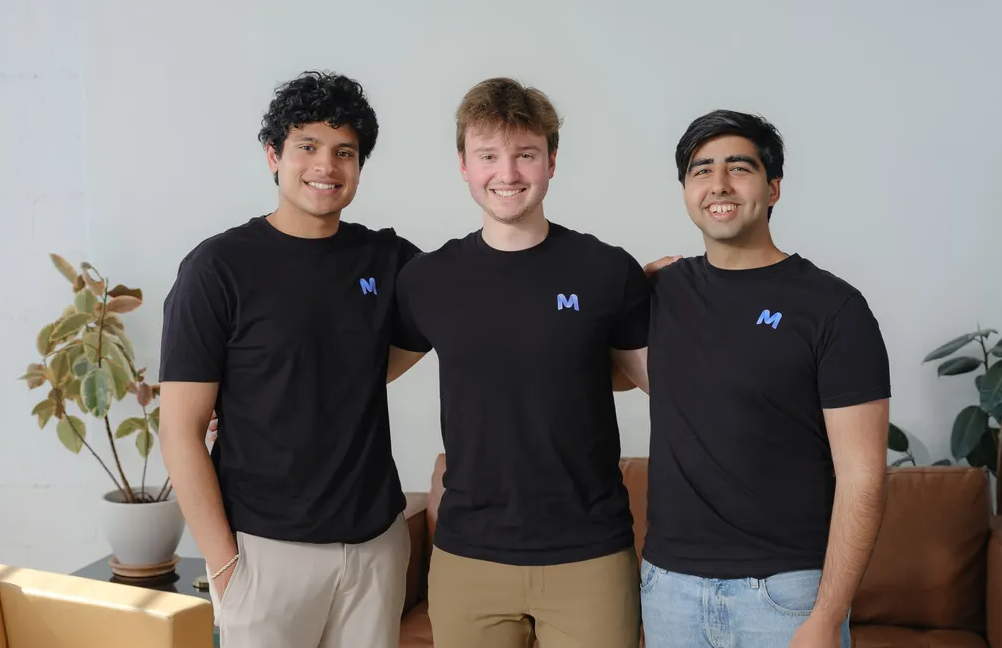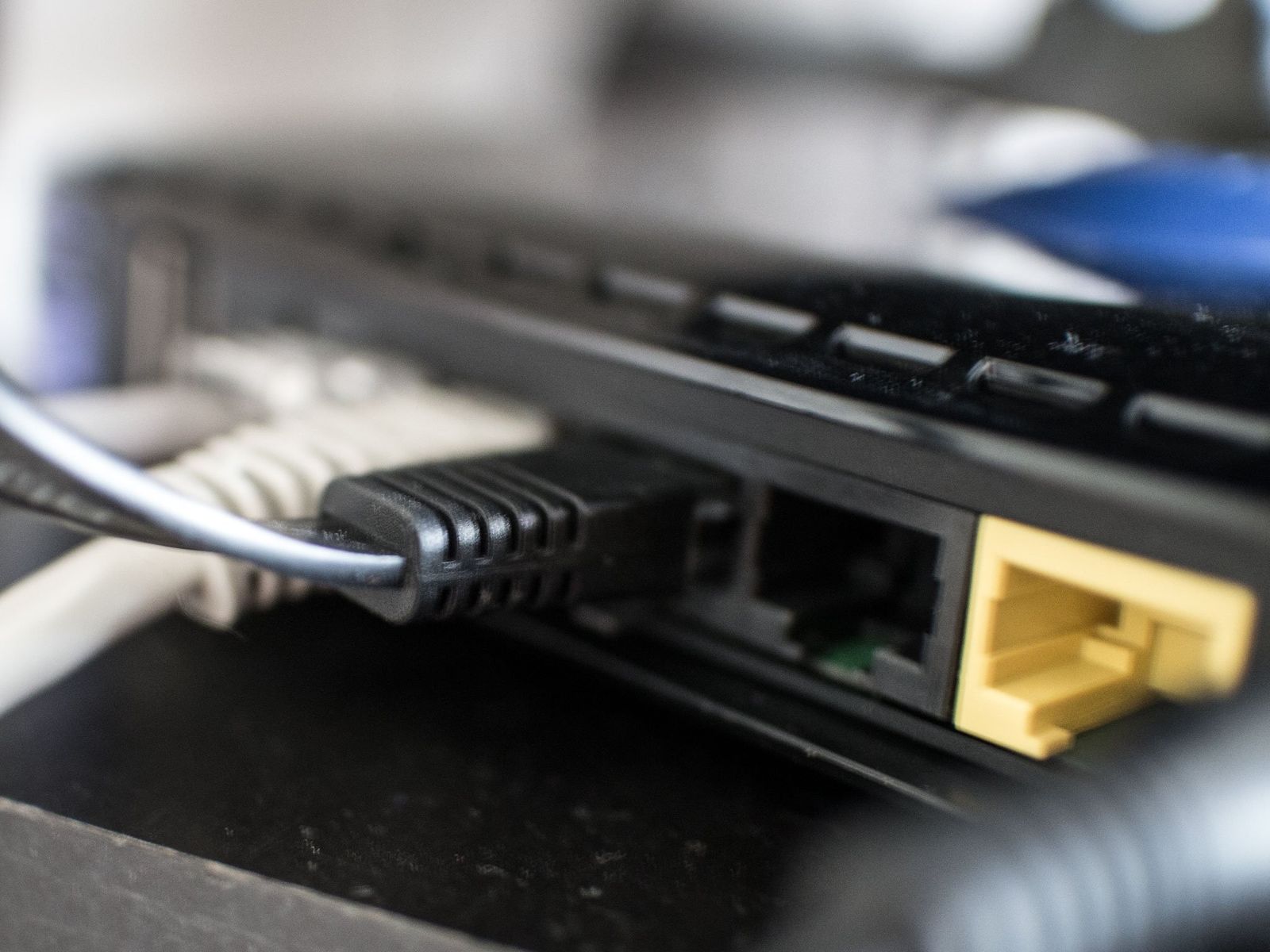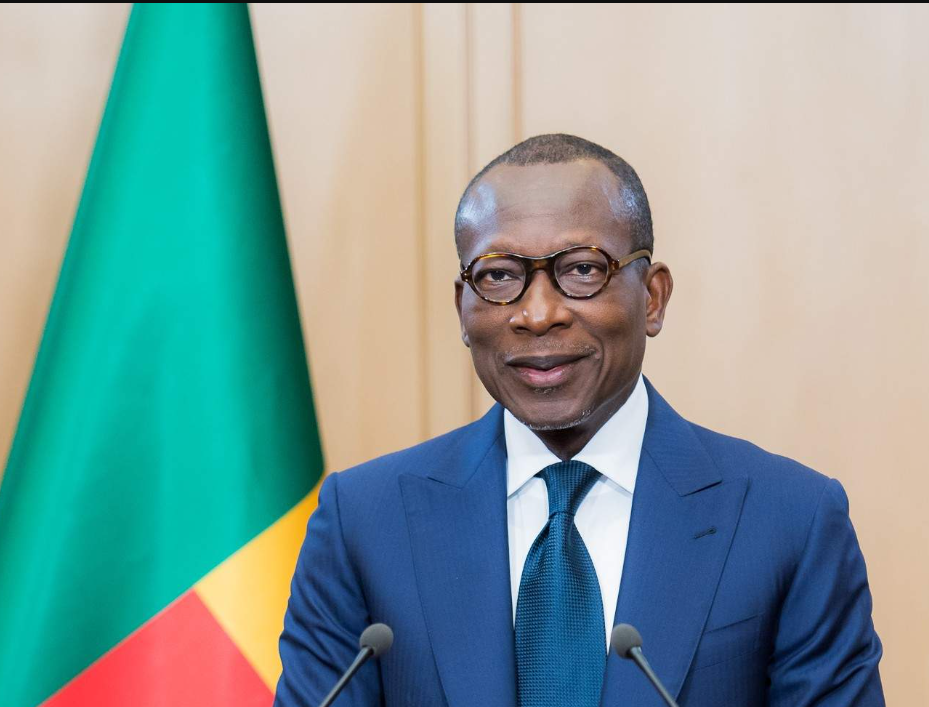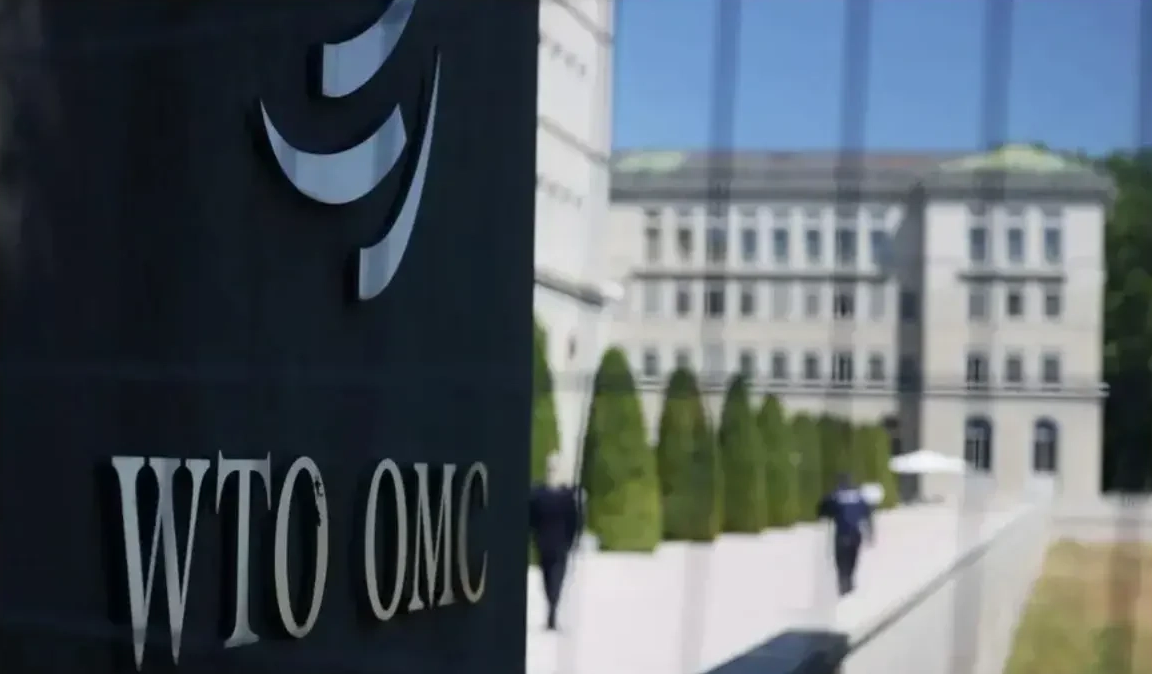Raila Odinga Junior, the only surviving son of the late opposition leader Raila Odinga, was officially installed as the new head of the Odinga family on Thursday, October 23, in a deeply symbolic Luo shaving ritual.
The ceremony, held at the family’s Opoda Farm in Bondo, marked the peaceful transfer of family leadership just three days after the burial of the former Prime Minister. Rooted in ancient Luo tradition, the ritual known as liedo represented both cleansing from mourning and the continuation of the family lineage.
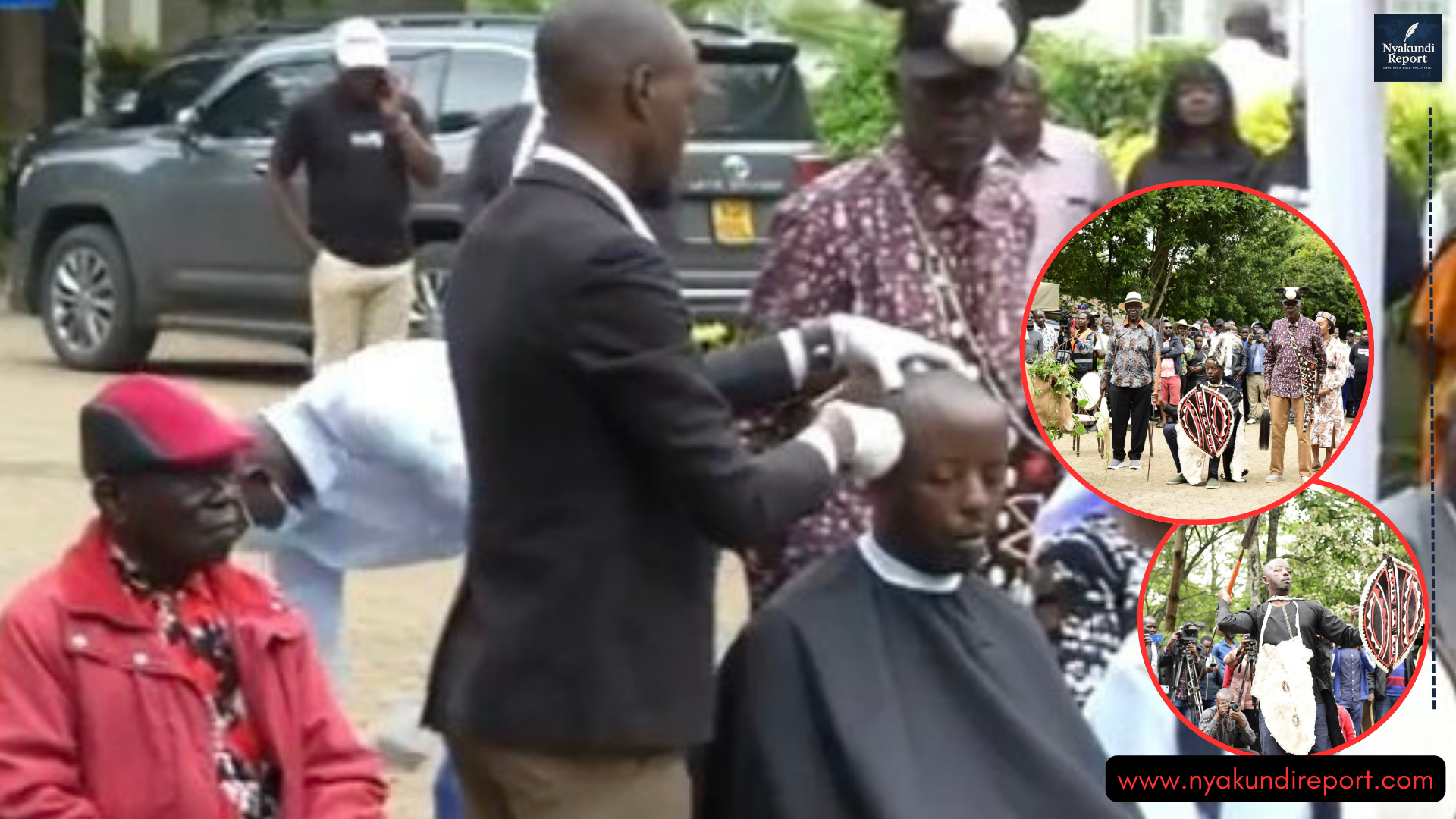
The Meaning and Symbolism Behind the Luo Shaving Ritual
The liedo ceremony, a vital part of Luo cultural identity, serves as a symbolic bridge between death and renewal. Traditionally performed about four days after the burial of a patriarch, the ritual signals the end of mourning and the beginning of new leadership within the family.
At the heart of liedo lies the belief that shaving one’s head removes the shadow of death and restores balance in the home. For generations, this practice has ensured that families remain united, spiritually cleansed, and properly guided by new authority after the passing of an elder.
During Raila Junior’s installation, traditional dancers filled the compound at Opoda Farm, chanting ancestral songs and performing rhythmic movements. The atmosphere was filled with pride, solemnity, and reverence—a reflection of the Odinga family’s deep respect for Luo customs and heritage.
How the Ritual Was Performed for Raila Junior
In keeping with Luo customs, the ceremony involved the symbolic shaving of the heads of the deceased’s children and spouse. This act marks the end of grief and prepares the family to move forward under new leadership.
For the Odinga family, Raila Junior stood at the centre of this event. Since the passing of his elder brother, Fidel Odinga, in 2015, Junior became the rightful heir to his father’s homestead.
Family elders guided the ritual, while the eldest woman—often a grandmother—made three symbolic cuts before completing the full shaving in front of close relatives.
This step represents a spiritual cleansing and the transfer of authority from the deceased to the living heir.
Historically, liedo would take place near a river or lake to symbolise washing away sorrow and misfortune. However, modern families now conduct it within their homesteads while retaining its spiritual meaning.
After the shaving, Raila Junior was handed a spear and shield, powerful emblems of leadership and protection. He then performed a short traditional dance, formally accepting his new role as family head—entrusted to speak for, defend, and represent the Odinga household in clan matters.
Role of Family and Community in the Ritual
Luo culture values community involvement in key family transitions. Relatives, neighbours, and cultural custodians are often present to witness and bless the ceremony. Their participation ensures that the new family head begins his role with full community support.
Although tradition requires the heir’s spouse and children to be shaved, reports revealed that Raila Junior’s wife declined the ritual, showing how modern views mix with cultural traditions.
Nonetheless, the Odinga family honoured every essential step of the ritual, reinforcing the idea that while customs may evolve, their spiritual importance remains constant. The entire event reflected the Luo value of continuity—ensuring that lineage and legacy are respected through time.
Why the Shaving Ritual Matters to the Luo Community
For the Luo people, liedo is more than a ritual—it is a declaration of life’s continuity. It preserves the connection between the living and the departed while maintaining harmony within the family.
The community believes that when a family conducts the shaving ritual properly, the deceased transitions peacefully into the world of the ancestors. In turn, the ancestors offer blessings, protection, and wisdom to the living.
The Odinga family’s ceremony reaffirmed this belief, highlighting the deep respect the Luo community places on ancestral ties and spiritual leadership. Beyond mourning, the ritual transforms grief into strength and unity—ensuring that every generation upholds the values of kinship and identity.
Even after the ritual, the family continues to honour the deceased through grave maintenance and remembrance gatherings, often accompanied by songs, storytelling, and communal feasts. These acts remind the living that death is not an end, but a passage into ancestral guardianship.

